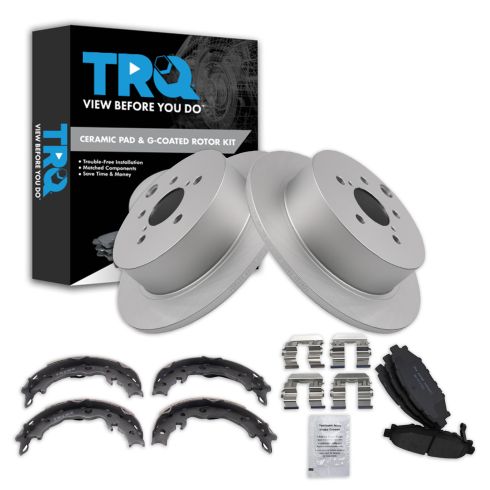1ABFS15654-Subaru Rear Ceramic Brake Pad & Rotor Kit TRQ BKA53886

Replaces
2015 Subaru Impreza Rear Ceramic Brake Pad & Rotor Kit TRQ BKA53886

Product Reviews
Loading reviews
There are no reviews for this item.
Customer Q&A
No questions have been asked about this item.
Subaru is a registered trademark of Fuji Heavy Industries Co., Ltd. 1A Auto is not affiliated with or sponsored by Subaru or Fuji Heavy Industries Co., Ltd.
See all trademarks.



















